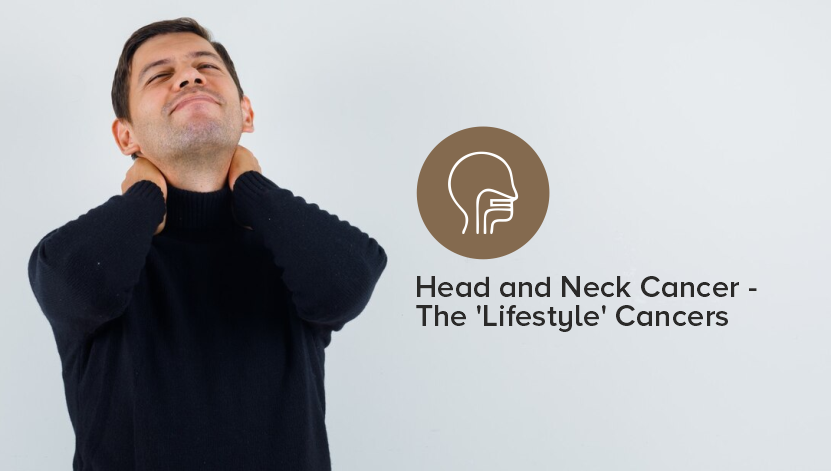Head and neck cancers are diseases that originate in the oral cavity, pharynx, larynx, paranasal sinuses, nasal cavity, or salivary glands. Although this group of cancers is less common than other types, they pose unique challenges due to their impact on essential everyday functions—eating, speaking, and vital parts of our social and emotional well-being.
These cancers often spur discussions around "lifestyle" and are frequently linked to factors such as smoking and alcohol consumption. But this oversimplification can lead to a lack of understanding regarding the complex nature of these diseases, the array of risk factors involved, and the challenges in diagnosis and treatment they present.
